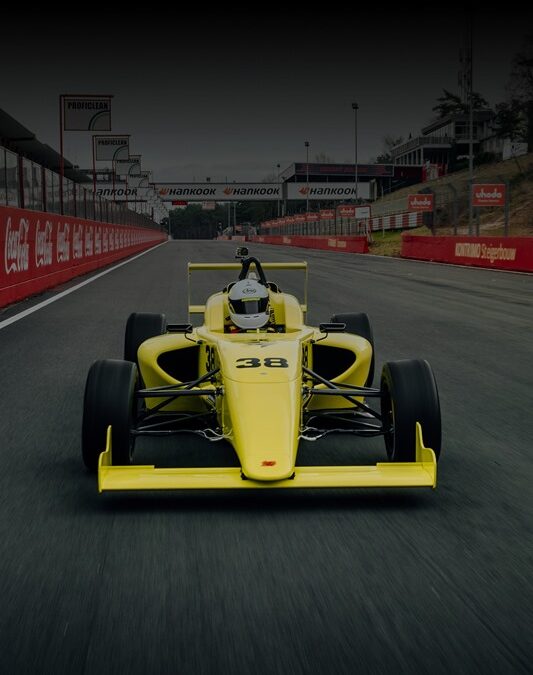In the realm of Formula 1 racing, few events command attention like the Singapore Grand Prix. What was once just a part of the F1 calendar has transformed into a premier tourist attraction that draws visitors from around the world. The transformation of the Singapore Grand Prix into a global phenomenon is a testament to the meticulous marketing strategies employed by our city-state. This article delves into how Singapore harnessed the power of innovative marketing to turn a high-speed race into a must-attend spectacle.
The Birth of a Nighttime Marvel
In 2008, Singapore boldly embarked on a journey that would reshape the world of Formula 1 racing. The decision to host the world’s first night race was a stroke of genius, offering an unparalleled visual spectacle that married high-speed action with a stunning cityscape backdrop. This unique proposition laid the foundation for the event’s success and marked the beginning of Singapore’s remarkable marketing journey.
The Allure of Exclusivity
One of the primary factors behind the Singapore Grand Prix’s transformation into a premier tourist attraction is the concept of exclusivity. The event positioned itself as more than just a race; it became a full-fledged entertainment extravaganza. Organisers roped in international musical acts to perform live, offering a multi-dimensional experience that catered to a diverse audience. By making the event appealing to both racing enthusiasts and music lovers, Singapore broadened its target demographic and amplified its global appeal.
Strategic Partnerships
Singapore recognised the importance of forging strategic partnerships to amplify the reach of the event. Teaming up with prominent sponsors, luxury brands, and influential media outlets enabled the event to gain extensive coverage and credibility. Collaborations with global brands not only brought in financial support but also added an air of sophistication to the event, making it more attractive to high-end tourists.
Leveraging Digital Marketing
Singapore harnessed the power of digital marketing to create a buzz around the Grand Prix. Social media platforms, official websites, and engaging multimedia content played a pivotal role in generating excitement and anticipation. The event’s organisers encouraged fans to participate in online contests, share their experiences, and interact with official content. This not only fostered a sense of community but also ensured that the event remained a hot topic of conversation year-round.
Tourism Integration
The Grand Prix was not viewed in isolation; instead, it was integrated into Singapore’s broader tourism strategy. The city promoted the event as part of a package, combining the race with the opportunity to explore the city’s attractions, shopping, dining, and cultural experiences. This approach transformed the event into a holistic travel experience, enticing tourists to extend their stay and explore everything Singapore had to offer beyond the racetrack.
Cultural Celebrations
Singapore deftly capitalised on its diverse cultural heritage by incorporating various cultural celebrations into the Grand Prix weekend. The event was often aligned with the Mid-Autumn Festival and other local festivities, creating a sense of unity and cultural enrichment. This not only provided an immersive experience for international visitors but also showcased Singapore’s cultural tapestry.
The journey of the Singapore Grand Prix from a mere Formula 1 race to a premier tourist attraction is a masterclass in effective marketing. By combining innovation, exclusivity, strategic partnerships, digital prowess, tourism integration, and cultural celebration, Singapore has successfully positioned the event as an annual global spectacle. The city-state’s ability to evolve and adapt its marketing strategies while staying true to its core identity has propelled the Singapore Grand Prix into the pantheon of world-renowned events, showcasing the power of marketing to transform an idea into an international phenomenon.


